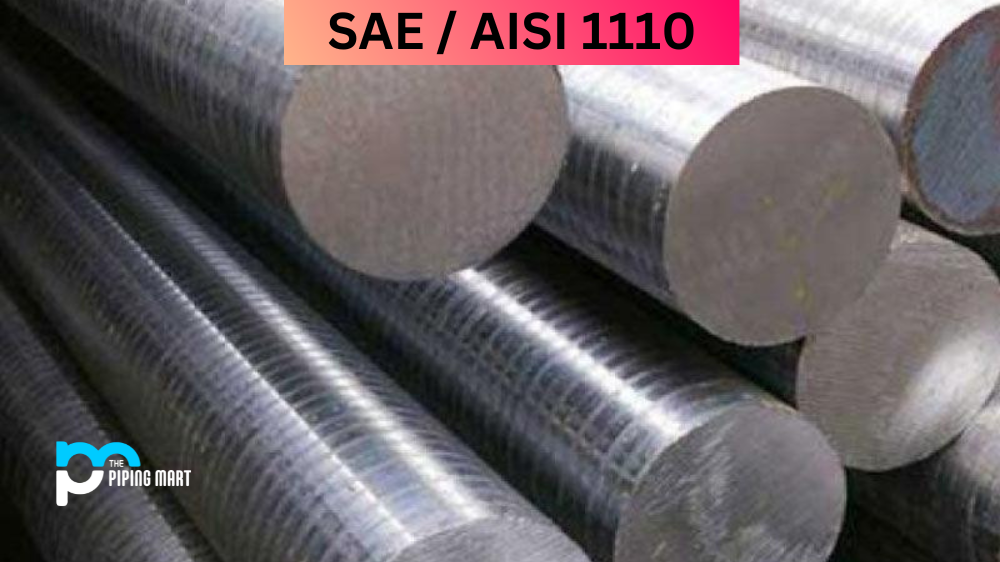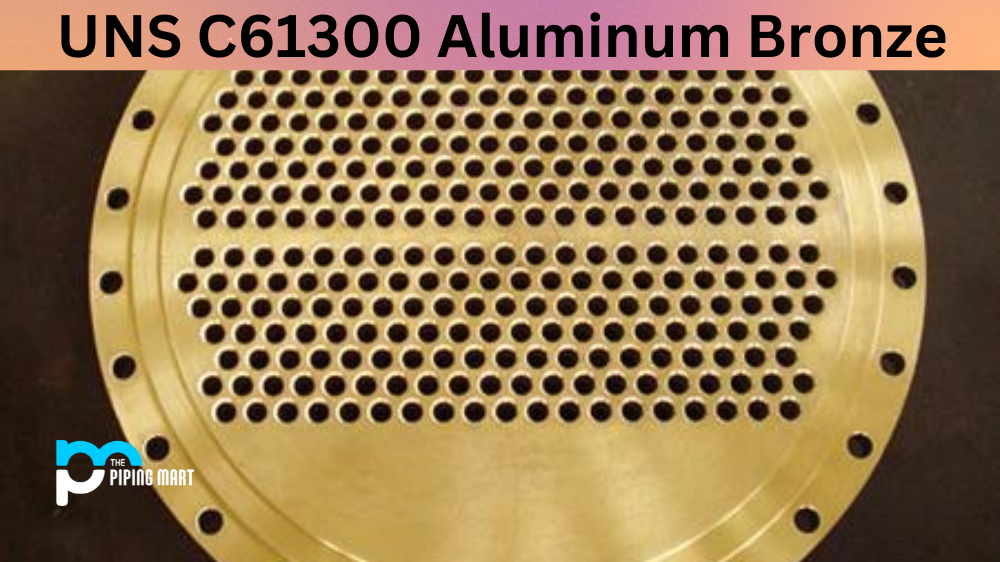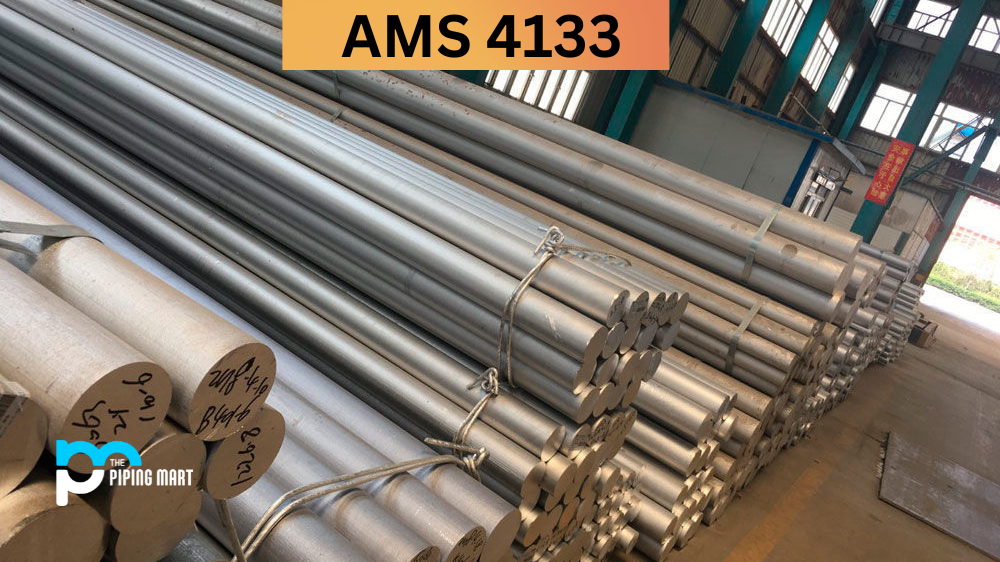SAE/AISI 1110 Carbon Steel, also known as UNS G11100, is a low-carbon steel celebrated for its impressive strength and excellent machinability. It strikes a perfect balance between strength, toughness, and ductility within carbon steels. Assigned to ASTM number A29, this alloy primarily consists of iron and carbon, with trace amounts of manganese and sulfur. The carbon composition in AISI 1110 facilitates easy machining and heat treatment, allowing for a diverse range of mechanical properties based on the specific treatment applied. Its maximum hardness reaches 85 HRB, accompanied by an elastic modulus of 190-210 GPa and a thermal conductivity of 50-60 W/m.K. These characteristics make it a versatile choice for applications where both strength and wear resistance are crucial. UNS G11100 stands out as an optimal selection in the engineering, machining, and manufacturing industries due to its exceptional combination of strength, toughness, and ductility, surpassing other carbon steel alternatives.
What Forms of AISI 1110 is Available at Piping Mart?
- Nut
- Bar
- Bolt
- Pipe
- Screw
- Tubing
- Valves
- Washers
- Flanges
- Fasteners
- Electrodes
- Stud Bolts
- Sheet Plates
- Pipe Fittings
- Forged Fitting
- Instrumentation Fittings
AISI 1110 Composition
AISI 1110 steel falls under the category of low-carbon steel, primarily composed of iron and carbon. Depending on the manufacturing process, trace elements might be present. Valued for its ease of machinability, this steel is extensively utilized in various industrial applications.
| Element | Content (%) |
|---|---|
| Iron, Fe | 99.1 – 99.62 |
| Sulfur, S | 0.130 |
| Manganese, Mn | 0.300 – 0.600 |
| Carbon, C | 0.0800 – 0.130 |
| Phosphorous, P | 0.0400 |
AISI 1110 Physical Properties
AISI 1110 steel exhibits a specific density, Representing its mass per unit volume. This property is crucial in understanding the material’s weight and compactness. The density of AISI 1110 contributes to its overall physical characteristics. Influencing its application in various industrial settings where specific weight considerations are important for optimal performance and functionality.
| Properties | Metric | Imperial |
|---|---|---|
| Density | 7.7-8.03 g/cm3 | 0.278-0.290 lb/in3 |
AISI 1110 Mechanical Properties
AISI 1110 steel possesses defined mechanical properties. Its tensile strength measures resistance to pulling forces, indicating structural integrity. With a distinct hardness, it resists indentation and wear. The modulus of elasticity denotes stiffness. These properties collectively define AISI 1110’s performance, making it suitable for diverse applications in the industrial landscape.
| Properties | Metric | Imperial |
|---|---|---|
| Elastic modulus | 190-210 GPa | 27557-30458 ksi |
| Poisson’s ratio | 0.27-0.30 | 0.27-0.30 |
AISI 1110 Uses
UNS G11100, with its commendable characteristics, finds application in a diverse range of uses, including but not limited to Gears, Shafts, Bolts, and Connecting Rods. Moreover, it proves valuable in producing Agricultural implements and Construction equipment.
AISI 1110 Uses in Industries
- Construction Industry
- Automotive Industry
- Furniture Industry
- Appliances
- Medical Equipment Industry
AISI 1110 Corrosion Resistance
SAE/AISI 1110 showcases commendable corrosion resistance, effectively guarding against intergranular corrosion and stress corrosion cracking. It stands out as a reliable choice in environments where such corrosion challenges are prevalent.
AISI 1110 Heat Resistance
SAE/AISI 1110 boasts excellent heat resistance, maintaining its strength and ductility up to temperatures reaching 1200°F. This makes it a reliable choice for applications demanding elevated temperature performance, ensuring the material retains its mechanical properties even under challenging thermal conditions.
AISI 1110 Heat Treatment
SAE/AISI 1110 is amenable to heat treatment, enhancing its hardness and tensile strength. Commonly air-cooled to prevent scaling, it also offers the option of oil quenching for faster cooling. Annealing is another viable process, enhancing machinability and expanding the steel grade’s versatility in various engineering and manufacturing applications.
AISI 1110 Machining Properties
SAE / AISI 1110 can be machined using all conventional methods, such as turning, drilling, milling, and tapping. This steel grade can also be machined using CNC methods with high-speed tooling. Surface finish values are typically in the range of 50 to 250 RMS. Cutting speed values range from 20 to 60 SFM depending on the cutting conditions being used.
Conclusion
SAE/AISI 1110 Carbon Steel (UNS G11100) stands as a versatile and reliable choice in various applications. With a composition of iron, carbon, and trace elements like manganese and sulfur, it strikes an optimal balance of strength, toughness, and ductility. Its excellent machinability, heat treatability, and corrosion resistance make it well-suited for applications such as gears, shafts, bolts, and construction equipment, providing a robust solution in engineering and manufacturing industries.

Pipingmart is a B2B portal that specializes in metal, industrial and piping items. Additionally, we share the latest information and information about materials, products and various types of grades to assist businesses that are involved in this business.




